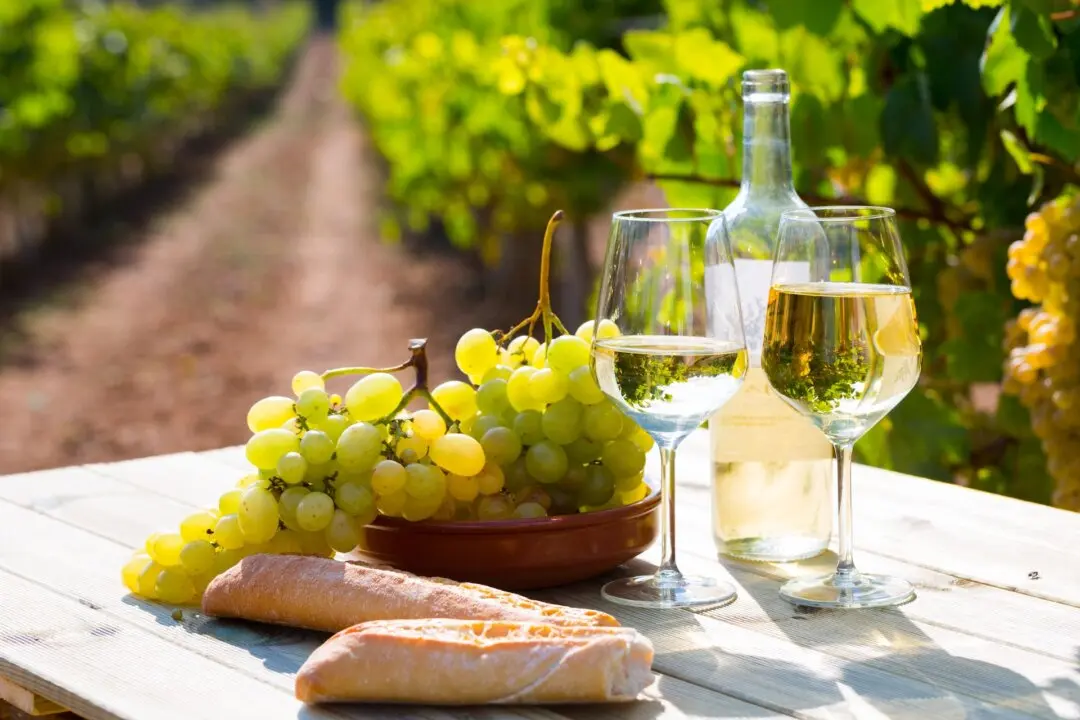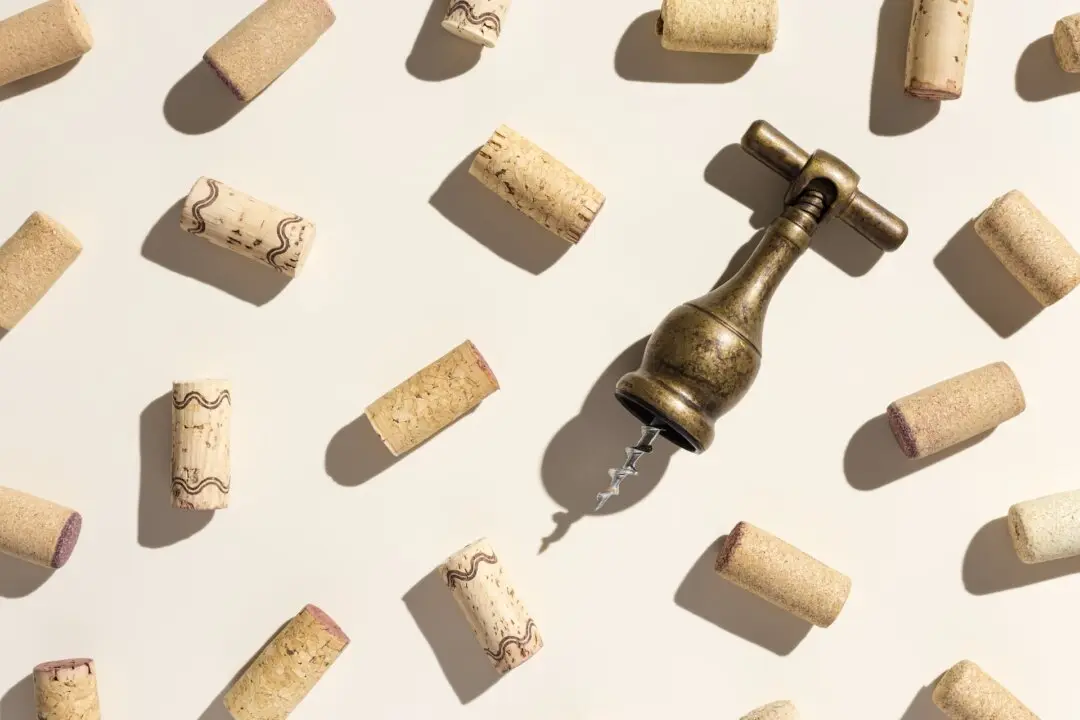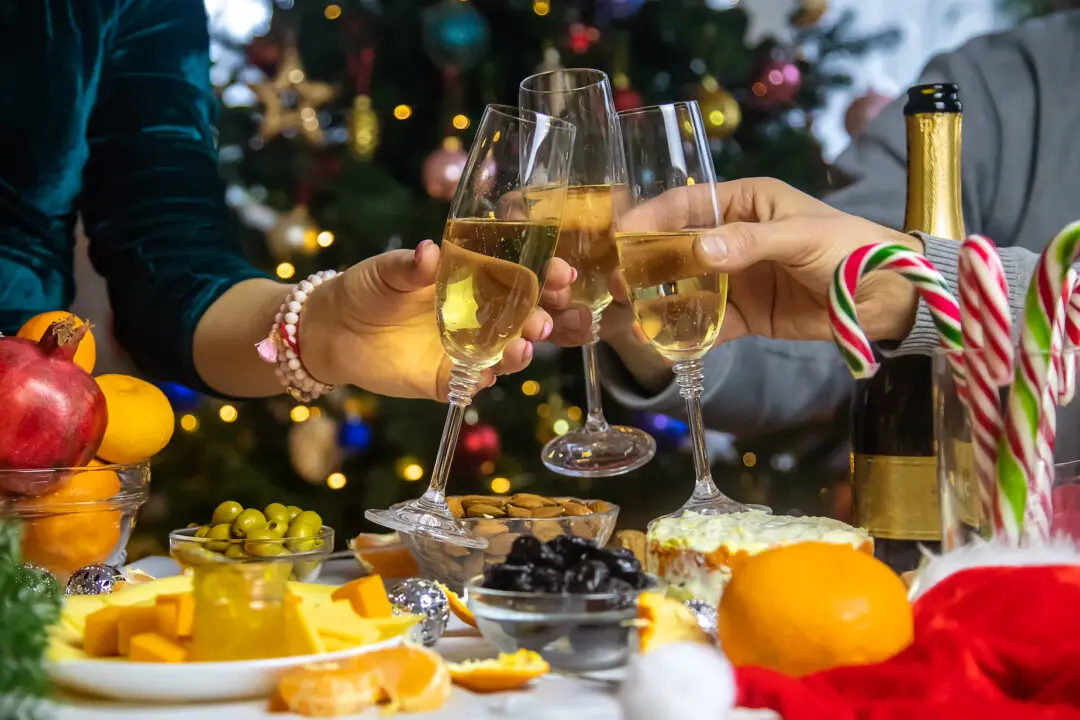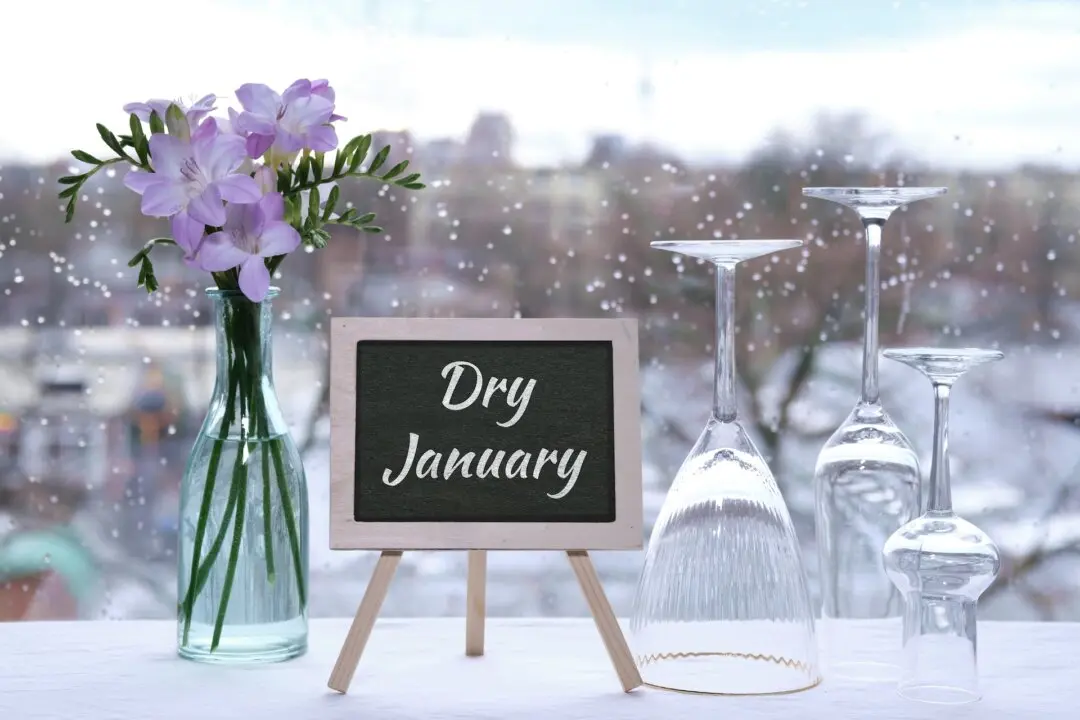As the pandemic and wildfires subside in California, tasting rooms begin to host more people indoors than they did during the last 20 months or so.
Those seeking to visit wineries in northern California and elsewhere are eager to resume fond experiences of the past. And tasting room reopenings are planned just about everywhere these days. The lure of wine country is seductive.





